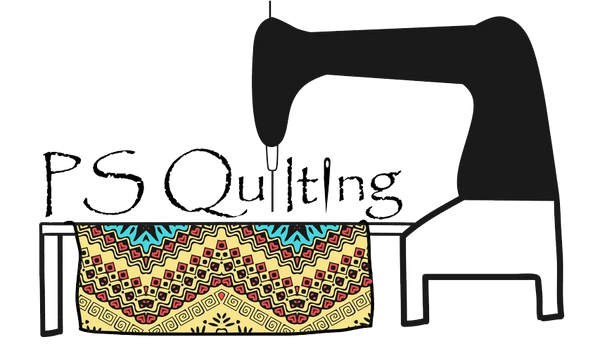Delving into the rich quilting tradition, this centuries-old craft provides a remarkable outlet for expressing creativity and fashioning enduring beauty. However, crafting beautiful handmade quilts allows one to unleash artistic inclinations and bestows an heirloom to be treasured over time. At the same time, the prospect of embarking on this endeavor may appear formidable; fear not. Armed with the essential tools, materials, and expert guidance, even a novice can fashion a breathtaking quilt. Below are the pages of this beginner's guide; we shall navigate the fundamental steps to initiate your quilting odyssey. To know more in detail, you need to delve in further.
What Are The Steps To Make Beautiful Handmade Quilts?
A homemade quilt can be the best gift for your loved ones. However, if you need help with making your homemade quilt, below are some of the steps you need to know to make yourself a personalized quilts. Scroll down to know.
● Choosing Your Fabric
The initial stage of quilting involves making decisions about the desired appearance of your quilt and selecting the fabrics for your project. Your quilt will consist of three layers: the top layer, also known as the "quilt top," the backing, and the batting sandwiched in between. When choosing fabrics, it is important to opt for ones that harmonize and enhance your style. Explore various colors, patterns, and textures to find cohesive combinations. Additionally, you may explore the convenience of pre-cut fabric bundles or collections of specifically designed homemade patchwork quilts for sale.
● Preparing Your Fabric
Before assembling your quilt top, it is important to prepare your fabric. Some quilters opt to wash and dry the fabrics beforehand to minimize shrinkage, although this step is a matter of personal preference. Whether you wash and dry or even consider starching your fabrics, the next step involves pressing them flat and cutting them to the desired size. If you are new to quilting, beginning with a straightforward pattern, such as a basic patchwork design, is recommended. For those creating an art quilt, it can be beneficial to sketch the design beforehand. Additionally, labeling your fabric pieces is a helpful practice to keep track of them and avoid any confusion during the sewing process.
● Piece Your Quilt Top
After preparing your fabric for beautiful handmade quilts, you can assemble your quilt top. However, this involves stitching together the fabric pieces to form a desired design, which can be done manually or with a sewing machine's assistance. To begin, arrange the fabric pieces in the desired order for your quilt top. Next, sew the pieces together, maintaining a ¼ inch seam allowance.
It is advisable to press the seams flat with an iron to ensure a tidy outcome. Once the quilt top is finished, lay it flat and measure it to confirm that it is square and matches the dimensions specified in your pattern. It's important to note that if you are creating an art quilt, you have the freedom to deviate from the conventional ideas of a patchwork quilt. Feel free to let your imagination soar and design a unique creation that reflects your individuality.
● Layer Your Quilt
After completing the assembly of your quilt top, the next step is to layer your quilt. Begin by placing your backing fabric with the correct side facing downwards. Next, carefully lay the batting on top of the backing, ensuring a smooth surface by removing any wrinkles or lumps. Lastly, position your personalized quilts on top of the batting, with the right side facing upwards. Smooth out any wrinkles or bumps on the top layer as well. Consider using a spray adhesive to prevent the layers from shifting while quilting.
● Quilt Your Quilt
Once you have completed the piecing process, the subsequent step involves quilting your quilt. Furthermore, this entails sewing the layers together to form a unified and practical piece. You have two options for accomplishing this task: hand quilting or a sewing machine. If you opt for hand quilting, begin at the quilt's center and gradually progress toward the outer edges, stitching through all three layers. Conversely, if you prefer a sewing machine, commence quilting from the quilt's center and work outward, utilizing a walking foot to maintain consistency and even stitching. You can even get homemade patchwork quilts for sale to get quilting tools.
● Finish Your Quilt
After completing the quilting process, you can give your quilt a polished finish by adding a binding along the edges. This involves sewing a fabric strip around the quilt's perimeter, providing a neat appearance and ensuring the layers remain secure. To create the binding, cut a strip of fabric that measures 2 ½ inches in width, matching the length of your quilt's outer edges with a few extra inches for flexibility. Fold the strip in half lengthwise, align the wrong sides together, and press it flat. Next, sew the binding onto the quilt, folding it over the edges and stitching it in place. If you have designed a personalized quilt, you can choose to use this binding method or opt for one that complements your unique creation.

